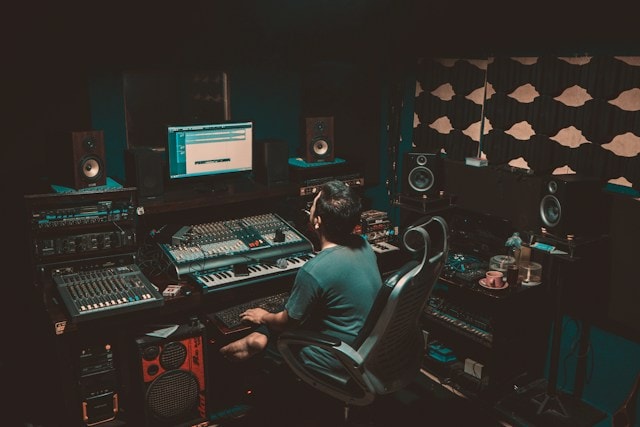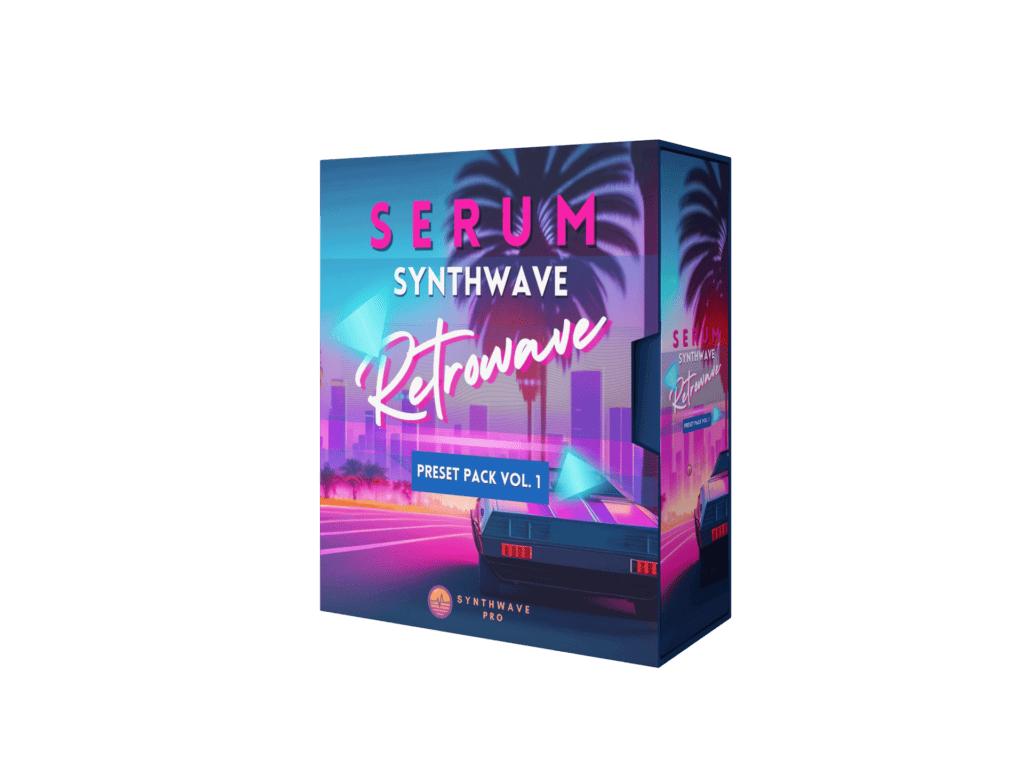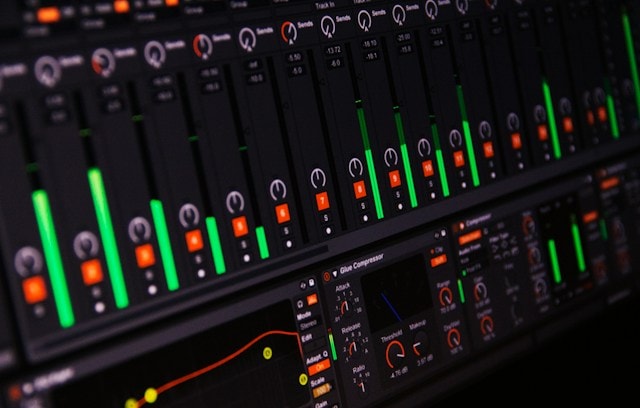In the ever-evolving landscape of music production, engineers and producers are continually seeking innovative methods to elevate their sonic creations. One such technique that has stood the test of time is the New York Compression, also known as parallel compression. This powerful method adds depth, punch, and character to a mix, making it a favorite among seasoned professionals. Let’s dive into the intricacies of the New York Compression technique and understand how it has become a staple in the world of music production.
Understanding New York Compression:
New York Compression involves blending a heavily compressed signal with the original dry signal, creating a unique sonic fingerprint. Unlike traditional compression, where the entire signal is compressed uniformly, parallel compression allows for the preservation of transients and nuances in the dry signal while introducing the energy and sustain from the compressed signal.
Setting Up the New York Compression Chain:

To implement the New York Compression technique, engineers typically create a parallel compression chain. This involves duplicating the original track, applying heavy compression to one copy, and blending it back with the uncompressed original. The key is finding the right balance between the dry and compressed signals to achieve the desired impact without sacrificing clarity
Applications in Drum Mixing:
One of the most common uses of New York Compression is in drum mixing. By sending a drum bus to a heavily compressed parallel channel, engineers can enhance the attack of the drums, add sustain to the cymbals, and bring out subtle details in the mix. This approach is particularly effective in genres like rock and pop where a powerful and dynamic drum sound is crucial.
Vocal Enhancement:
New York Compression is also a secret weapon for enhancing vocal tracks. By sending the vocal signal to a compressed parallel channel, producers can bring out the nuances in the singer’s performance, adding warmth and presence without compromising the clarity of the lyrics.
Fine-Tuning with Blend Controls:

Modern DAWs often come equipped with blend controls on compressors, making it easier for producers to experiment with the level of parallel compression. This allows for real-time adjustments, ensuring that the mix maintains the desired balance between impact and transparency.

Conclusion:
The New York Compression technique has undoubtedly earned its place as a go-to tool for music producers seeking to inject power and character into their mixes. Whether applied to drums, vocals, or other elements of a track, parallel compression offers a versatile approach to shaping the sonic landscape. As technology advances, so too does the creative potential of these tried-and-true techniques, cementing New York Compression as a timeless method in the ever-evolving world of music production.
Recent Posts
Finding time to produce music while managing a job can be challenging, but several strategies can help you balance both effectively. Prioritize Music Production Make music a priority in your...
We often imagine making music as an effortless flow of creativity—strumming guitars in sunlit rooms or producing beats late into the night with pure passion. But for many musicians, there’s a...


